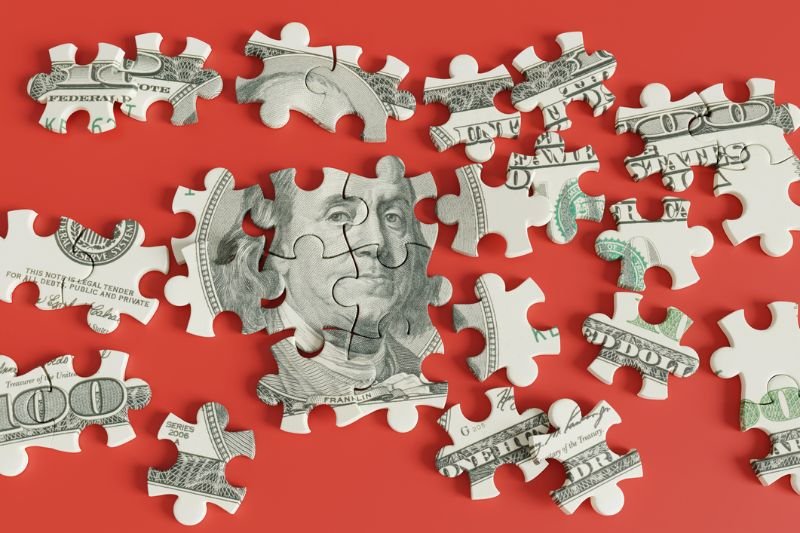The first thing that may come to mind when you hear the news that new dollar bills are coming out is that you are getting old. You are not alone; we have all felt this way, but as always, it is for a good reason. Both the Federal Reserve and the Treasury Department don’t plan on spending thousands, if not millions, of dollars on this complex and lengthy endeavor. If you look at how the various notes have evolved, you will see that the design changes have focused on the dollar bills above $5.
The general design trends have changed from a thick border with elaborate designs to a lighter and cleaner design. This does not mean that the security measures have been reduced. On the contrary, there are more sophisticated technological considerations that make counterfeiting a complex and dangerous business. If you want to know more about how these bills will change and how you might be affected, then this is the place to read on and find out.
Why are dollar bills being updated?
There are two main factors affecting the dollar bills update. The first is strengthening security protocols to target and deter various organized crime groups that are trying to figure out how to make and distribute counterfeit money. The second is that it is far more noble and equally necessary to provide innovative ways to make money more accessible, especially to those who are blind or visually impaired.
For this reason, it is no secret that Americans with disabilities face significant challenges when it comes to managing their finances, and the real American economy still relies on cash for small transactions, even with the growth of e-commerce sites and electronic payment methods brought by the COVID-19 pandemic, because it makes them vulnerable to errors and fraud. In addition, there are legal precedents that recognize these issues and support the change. For example, a 2008 federal court order stated that any redesign of the banknotes must include the necessary accommodations to allow people who are blind or visually impaired to use them.
These two needs were gaining traction until the Bureau of Engraving and Printing (BEP) confirmed its plans to redesign some of the dollar bills. This is important because the initiative has been met with some distance from the BEP, as concerns about the increasing use of electronic payments provided an argument that did not fully justify such a major change. This new series of bills will be called Catalyst, and the measures that will be implemented will address the aforementioned concerns in the following ways:
- Security: The implementation of intaglio printing is currently known, but other features are being considered by the BEP and will require further testing.
- Accessibility: the implementation of an enhanced RTF (Raised Tactile Feature) to help blind people easily identify the banknotes and differentiate between denominations. What is considered is a larger font and better contrast of the numerical value to help people with low vision identify them. Another possible feature is related to assigning different colors to each denomination to make them stand out more.
When will the dollar bills no longer be in circulation?
According to recent news, the BEP has provided a tentative schedule for the production of this new series of notes. The estimated start date for the $10 note is 2026; for the $50 note, it is 2028; further out, the $20 note will be in 2030; and from there, the dates get blurrier as the $5 note is estimated to change between 2032 and 2035. Finally, the $100 bill will run from 2034 to 2038.






